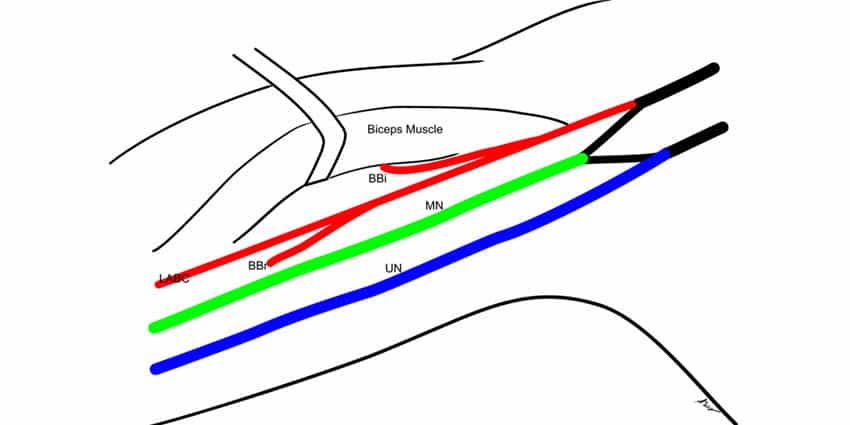Identifying And Treating Pain From Nerve Tension
Do I have a trapped nerve?
We all know that your joints move and your muscles contract and stretch. But did you know that your nerve tissue also needs to move freely and unimpeded?
If your neural tissue is impeded then pain or restriction of your nerve movement is a common result. The adverse neural tension can result in nerve pain and limited motion. This is what is commonly referred to as a trapped nerve.
Nerve tension is pain that occurs because a nerve is being compressed or stuck in its surrounding tissue which prevents it from moving within its tract like it normally does. This can happen for a variety of reasons.
Common examples of structures that can impede a nerve’s movement include:
- Back Pain e.g. bulging disc
- Piriformis Syndrome
- Sciatica
- Neck Pain
- Shoulder Pain
- Carpal Tunnel Syndrome
- Tennis or Golfer’s Elbow
- Pinched Nerve
Depending on the severity of the damage that is causing nerve tension, surgery may be necessary. However, in most cases nerve tension can be relieved through physical therapy such as osteopathy or physiotherapy, and prescribed stretching exercises.

